What is STEM in Action?

STEM in Action is a range of comprehensive, teacher-friendly, hands-on STEM kits designed specifically for primary education. These kits provide the primary teacher with ready-to-use lessons incorporating science, design & technology and maths. STEM in Action makes STEM teaching accessible for teachers and STEM learning engaging for students. This range of practical, enjoyable and inclusive projects is fully aligned to the National Curriculum for England (2014), ensuring attainments targets are met across the three curriculum areas in all activities.Hannah Searle, STEM in Action Manager, has been answering your questions about the range:
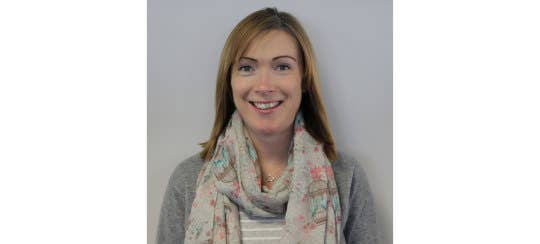
How many STEM in Action kits are there available?
There are six kits in the range covering ages 5-10. There are three kits designed for key stage 1 and three for key stage 2.Key Stage 1 Kits

Key Stage 2 Kits
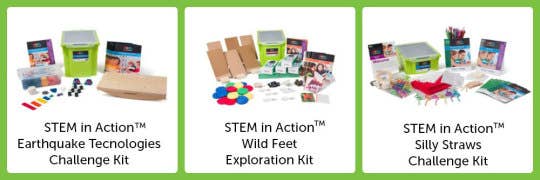
What would you say are the keybenefits of this range to a teacher?

The key benefits for the teacher are without a doubt confidence building, time saving, value for money and student engagement.The STEM in Action range provides a primary school teacher with confidence in teaching STEM, saves them over ten hours of lesson planning and preparation time, offers value for money as the worksheets are photocopiable and the materials are reusable, and ensures their whole class are interacting and engaged.Within each self-contained kit the teacher will find easy-to-follow, step-by-step student activities and lesson-by-lesson teacher’s guide, practical, ready-to-use assessment tools and homework activities, and the materials needed to do all the activities.
What would you say are the key benefits of this range to a child?
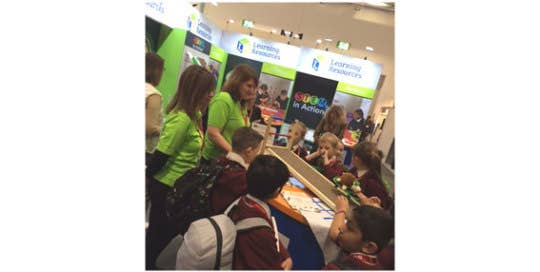
The benefits do not stop with the teacher, as the range offers many benefits to the students too.In each project the child will be working to solve a real-life problem, enabling the child to make sense of their learning and put it into context. The small group format of the activities encourages teamwork, building life skills andconfidence. The hands-on, practical application of each kit has been proven to promote excitement amongst students, which leads to an interest and enjoyment in the STEM subjects which follows them through into their next stage of education.
How many children can use one kit?
The kits are designed for an average class of 24 students. This requires the class to be divided into small groups of four. If the class is nearer to 30, then each small group can be increased to five. There are sufficient materials for six small groups to be working simultaneously.
How many lessons can one kit be used for?
The key stage one kits each include four to five lessons. Each lesson lasts approximately half an hour. The key stage two kits include between six and seven lessons each.These lessons range from 30 minutes to an hour.
How long will the kit last for, can it be reused each year?
The range has been designed as an investment for a school and hence the quality of the included materials and the format of the teaching materials are such that the kits can be used multiple times. We believe teachers will enjoy using the kits with their students that they will look forward to repeating it year after year!In some of the kits there are a few consumable resources e.g. masking tape, which are easily and affordably replaced by a teacher. If the master copy of the photocopiable sheets is accidently used, then additional master sheets can be downloaded from our STEM in Action website.
What teacher materials are included?
The materials in each kit vary, as they are dependent on the activities required for that project. The kit will include everything necessary for each activity other than basic classroom resources such as scissors, crayons, paper, water etc. We do not expect the teacher to need to buy anything additional to supplement what is in the kits to complete the projects.
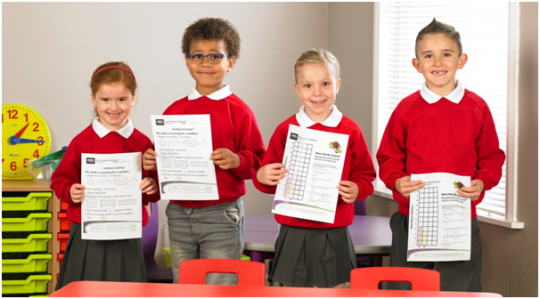
Do the activities link to the national curriculum?
Yes. At the start of each project, it will be explained to the teacher what subjects of the curriculum are covered and within those which attainment targets are addressed. Then, at the start of each activity it is clearly communicated to the teacher specifically which targets are addressed in that lesson and this is also shown as the assessment on the respective activity worksheet.
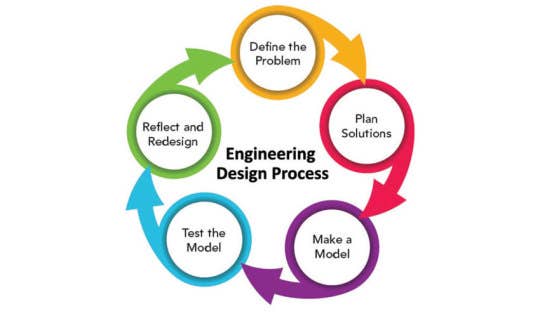
What feedback have you receivedfrom teachers?
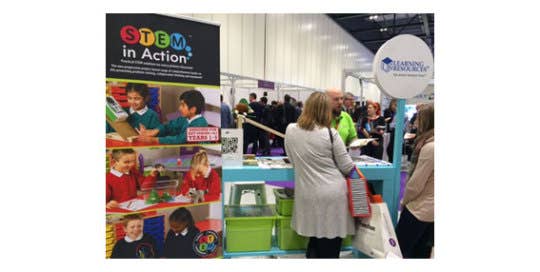
So far we have received only positive feedback for this exciting new range! We launched in January and have exhibited it at the ASE Conference, the BETT show, the GESS Dubai show and the Education Show. At each of these events teachers have enjoyed getting their hands on the kits, reading the lesson plans and sharing their thoughts on how they would incorporate the range into their school.The teachers have been excited to see such an accessible and affordable range developed for primary education. On introducing the concept, immediately the time saving and confidence building benefits were apparent. A number of teachers have also positively fed back that the range has a lot of potential for secondary intervention and special needs applications.When talking to teachers about each of the STEM subjects and how their schools fair, science and design & technology were clearly the subjects of focus. With each of these having limited time and budget allocations, the combining of them with maths was seen as an attractive way of enabling more of a focus on these subjects.The feedback with regards to how the kits would be used has been interesting, as there have been a variety of applications cited. A STEM half term or a STEM week have been most popular, however some schools are also looking at adding them to their STEM afterschool and holiday clubs.We have also received a lot of useful feedback in terms of how the range could be improved, for example introducing an additional kit for upper key stage 2, ages 10-11. Such feedback is invaluable as we plan for our next wave of STEM in Action product development, so please keep it coming!










